Sustainable tours are guided journeys designed to align the joy of discovery with the care a place deserves. Instead of racing from one photo stop to the next, you move with intention small groups, slower rhythms, and choices that reduce disturbance. This is sustainable travel in practice: a way to explore that feels good in the moment and responsible in hindsight. Sustainable travel aims to achieve long-term goals for destinations and communities, ensuring that tourism supports lasting benefits and meets sustainability standards.
Enrichment flows in three directions at once. You gain deeper stories and skills; local communities share their knowledge and earn fairly; nature receives the respect it needs to thrive. Protecting the environment and addressing climate concerns are central to sustainable travel, helping to minimize ecological impact and support conservation. In coastal Bali, that might mean canoeing quietly through mangrove channels at first light, listening to birds across still water, or learning how seagrass meadows shelter young life. These are sustainable travel experiences that swap noise for nuance and rush for presence eco-friendly tours that put care and curiosity on equal footing.
What Are Sustainable Tours and Why They Matter
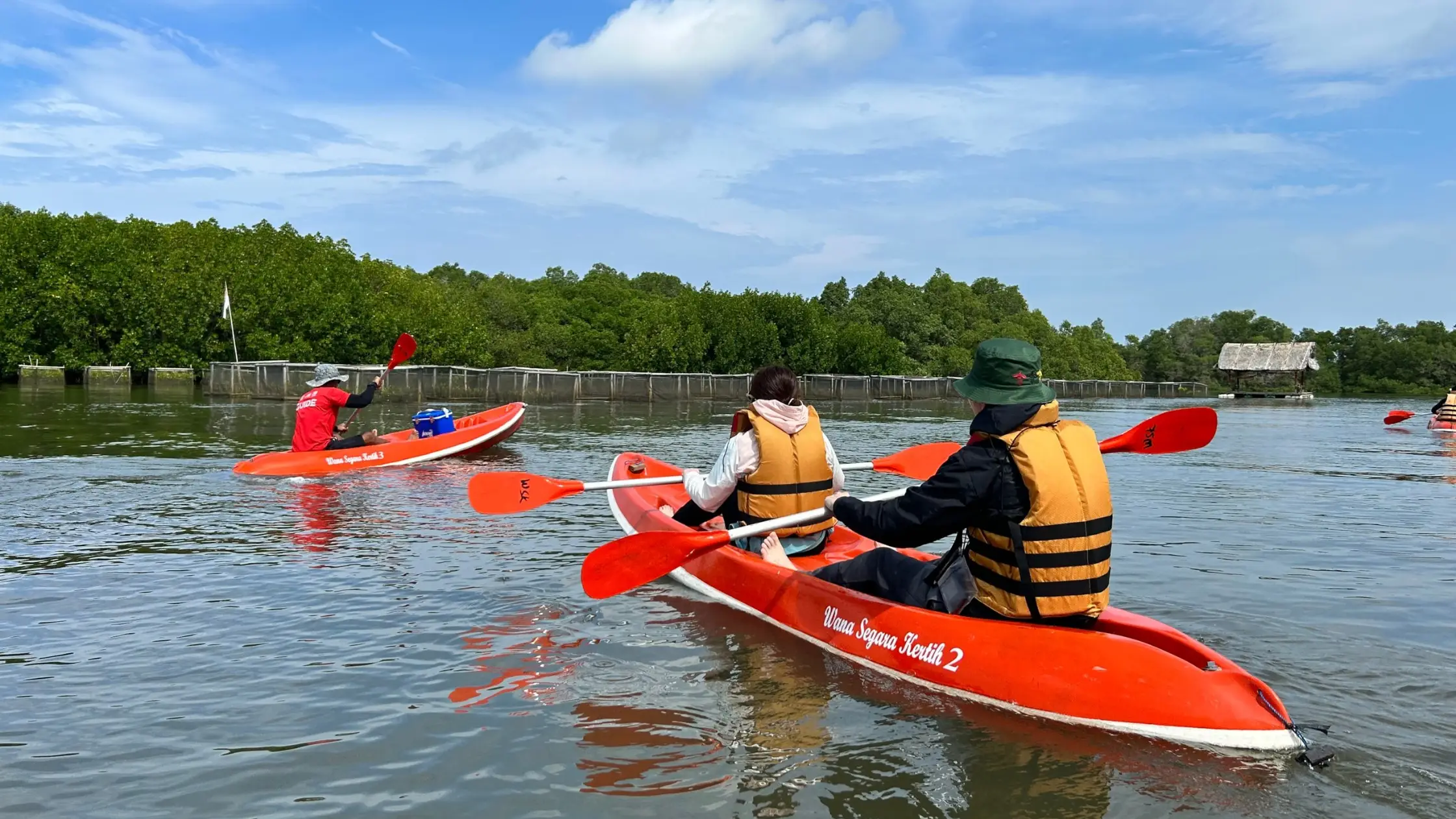
At their core, sustainable tours follow a few practical principles:
Low impact: stay on designated paths, choose non-motorized or low-emission activities when possible, reduce waste where you can, and make travel choices that reduce carbon and transportation-related emissions.
Community partnership: travel with local guides and operators so knowledge and income stay close to home.
Conservation support: learn about the ecosystem you’re visiting and follow etiquette that limits disturbance.
These practices distinguish responsible tourism from mass, high-impact travel. Where large crowds can overwhelm fragile places, sustainable tours spread out and slow down. Where speedboats drown out the soundscape, human-powered craft reveal it. Sustainable tours help manage environmental impacts by minimizing damage to natural environments and supporting restoration efforts, directly contributing to overall sustainability. If you’re asking “why choose sustainable travel,” the answer is both simple and satisfying: it leads to more meaningful encounters while protecting what makes a destination special. For many travelers, this is what green travel looks like choices that preserve the experience for everyone, including the next visitor.
How Sustainable Tours Enrich Your Personal Experience
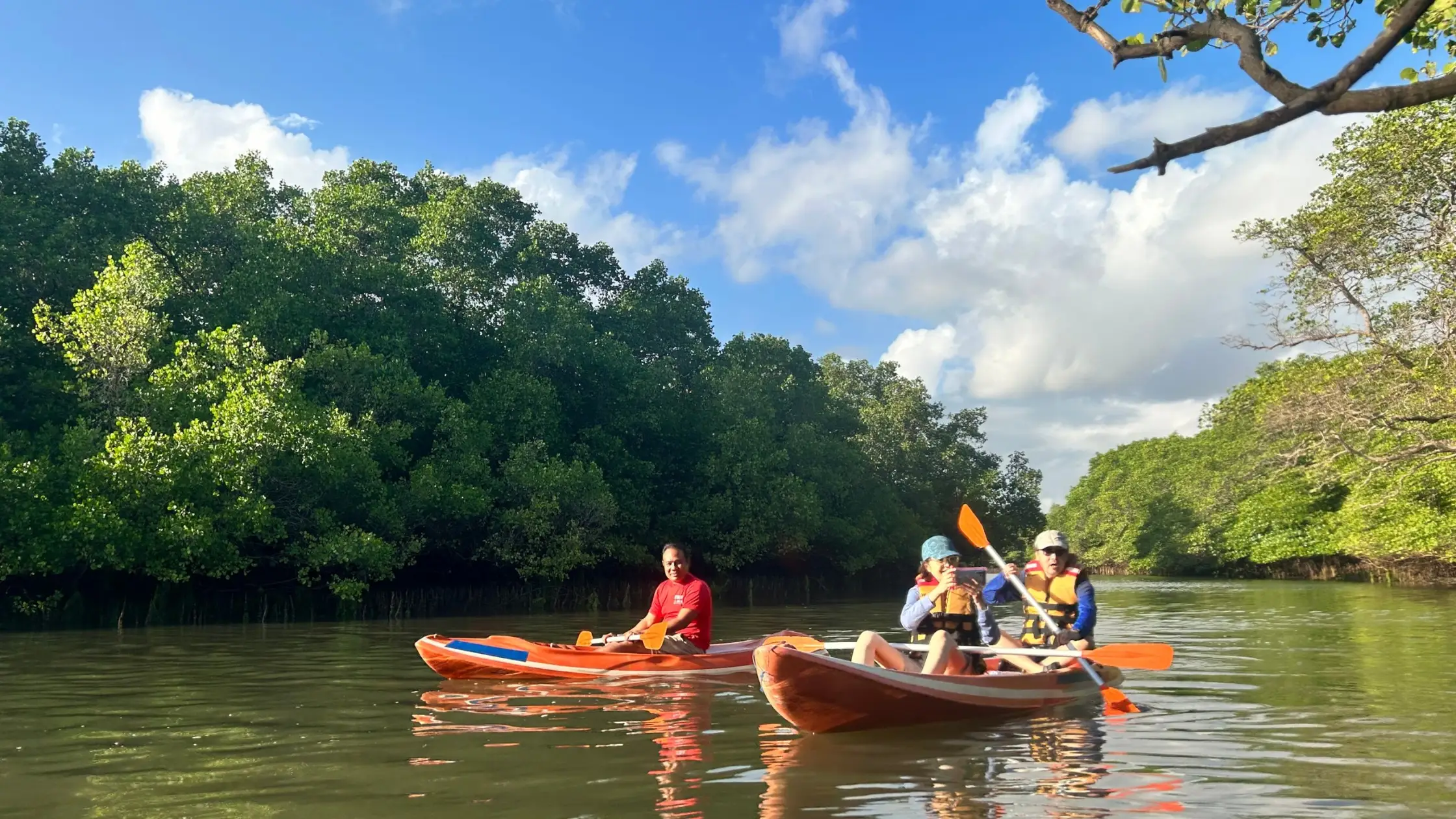
A slower rhythm changes what you notice and how you feel. With smaller groups, you can actually hear the birds, the wind in mangrove leaves, and your guide’s soft commentary. You have time to ask questions, pause for a better look, and practice skills quiet paddling, reading tide lines, moving with the water rather than against it. Sustainable tours in Bali combine eco-friendly experiences with fun and learning, making each journey both enjoyable and meaningful. This is the essence of eco-friendly travel experiences in Bali: intimate, calm, and tuned to the place.
Access also improves when you travel with stewards. Reputable operators coordinate timings and routes around tides, wildlife behavior, and local use of the waterways. Short pre-tour briefings explain how to conduct yourself thoughtfully in sensitive habitats, why certain channels are off-limits at low water, and how to keep disturbance low. The result is comfort and confidence two qualities that make sustainable travel experiences memorable for couples, families, and small groups alike.
A Deeper Cultural Connection
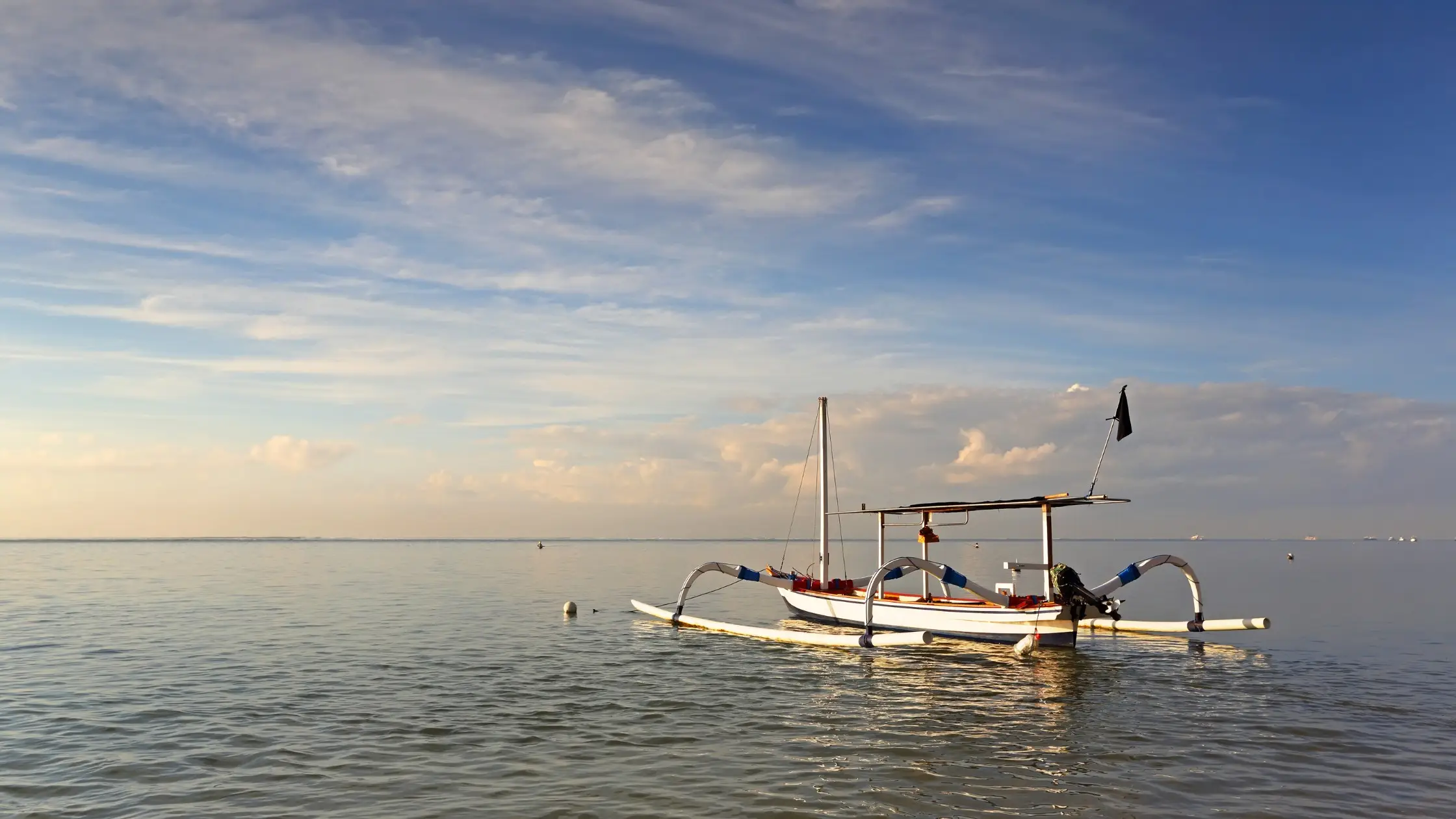
Image by isarescheewin from Getty Images
Culture isn’t a backdrop; it’s your host. Local guides share context that turns scenery into meaning: how a traditional wooden jukung is balanced for local swells, why offerings appear where they do, and how coastal communities read the sea the way others read calendars. Tasting a simple snack from a family stall or learning the names of shore plants adds texture to your day small, human details that define eco tours in Bali. Respecting local cultures and engaging with the local community are essential parts of sustainable travel, ensuring your visit supports and honors the traditions and livelihoods of those who call Bali home.
Etiquette makes the exchange respectful. Ask before photographing people, lower your voice near places of worship, and dress modestly when appropriate. If someone offers a story, listen fully. If you buy something, pay fairly. Community engagement is a key aspect of responsible tourism, fostering positive relationships with the local community and supporting sustainable development. Responsible tourism is hospitality practiced in both directions, and those courtesies might be the moments you remember most.
Nature & Wildlife — Enjoy Without Harm
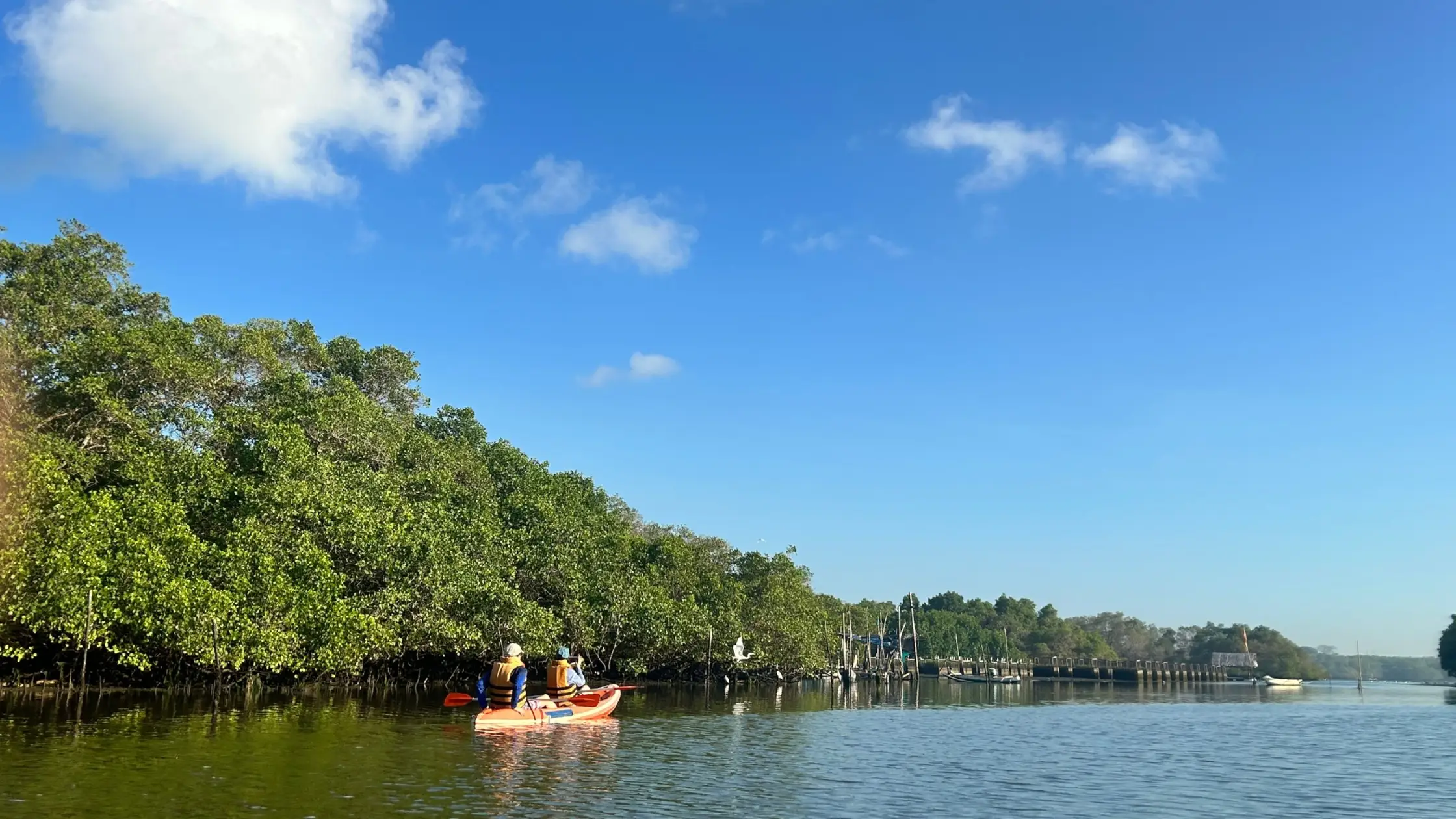
Wildlife encounters are best when they’re on the animals’ terms. Keep a generous distance, move slowly, and let your guide set the approach. Don’t feed or touch wildlife it alters behavior and can cause stress. Stay on boardwalks or established routes to protect roots and seedlings. If you enter the water, choose coverage and reef-safe sun habits, avoid standing on coral or seagrass, and control fins and paddles to prevent accidental damage. Protecting coral reefs is essential, and following sustainable practices helps preserve these vital marine ecosystems for future generations.
Activity choice matters, too. Non-motorized options like canoeing and traditional craft create far less noise and wake than engines a hallmark of eco-friendly tours that prioritize stillness and observation. By choosing such activities, travelers directly contribute to conservation efforts and the protection of local biodiversity. This is green travel with purpose: the quieter you are, the more the mangrove world carries on as if you weren’t there and the richer your memories become.
Real Examples in Bali’s Mangroves (Canoeing, Jukung & Ethical Snorkeling)
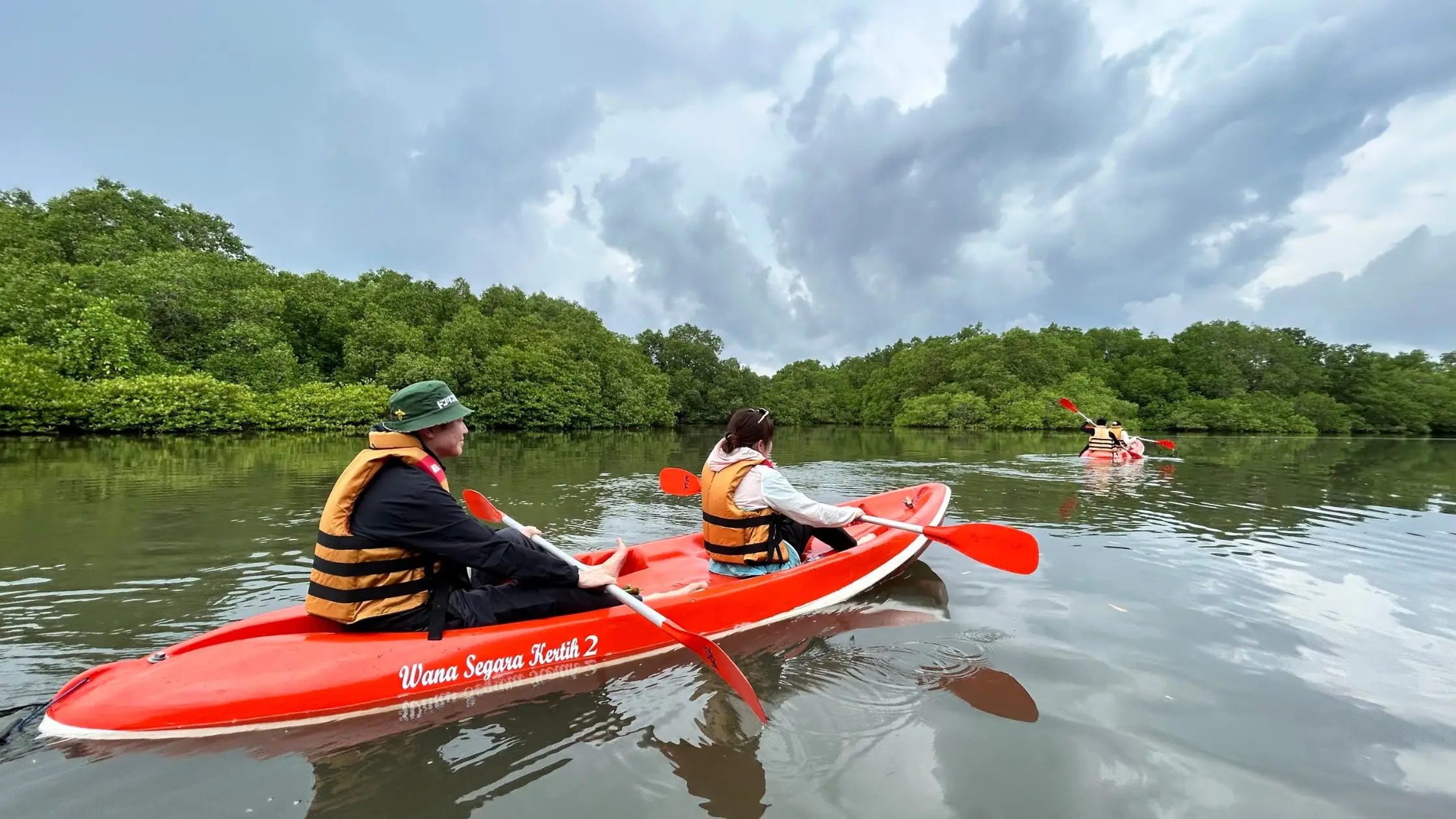
Picture a blue-hour launch from a quiet dock. Your canoe slides into ink-dark water, the surface as smooth as glass. As dawn opens, roots rise around you like sculpture, fish stir in the shallows, and a kingfisher’s call threads the air. Later, a traditional jukung carries you along the coastline at an unhurried pace; its outrigger steadies the ride while your guide points out the border where mangrove fringe meets open water. In some programs, a glass-bottom perspective or a carefully managed snorkel adds a different window on the ecosystem ethical snorkeling that emphasizes observation over contact. These tours focus on making tourism more sustainable by prioritizing eco-friendly practices and supporting local communities, ensuring that both environmental conservation and community benefits are at the heart of each experience.
Featured Experience: For a gentle, low-impact introduction that suits couples, families, and small groups, join a guided Mangrove Canoe Tour. Because it’s human-powered, the experience focuses on responsible practices, keeping wake and noise to a minimum as you move through calm channels with time for interpretation stops. Early morning or late afternoon often brings cooler air, softer light, and more visible birdlife. A highlight many travelers recall is the mirror-like reflection of the mangrove canopy an image that lingers long after the paddle ends. This is one of those eco tours in Bali that rewards quiet curiosity over speed.
How to Choose a Truly Sustainable Operator
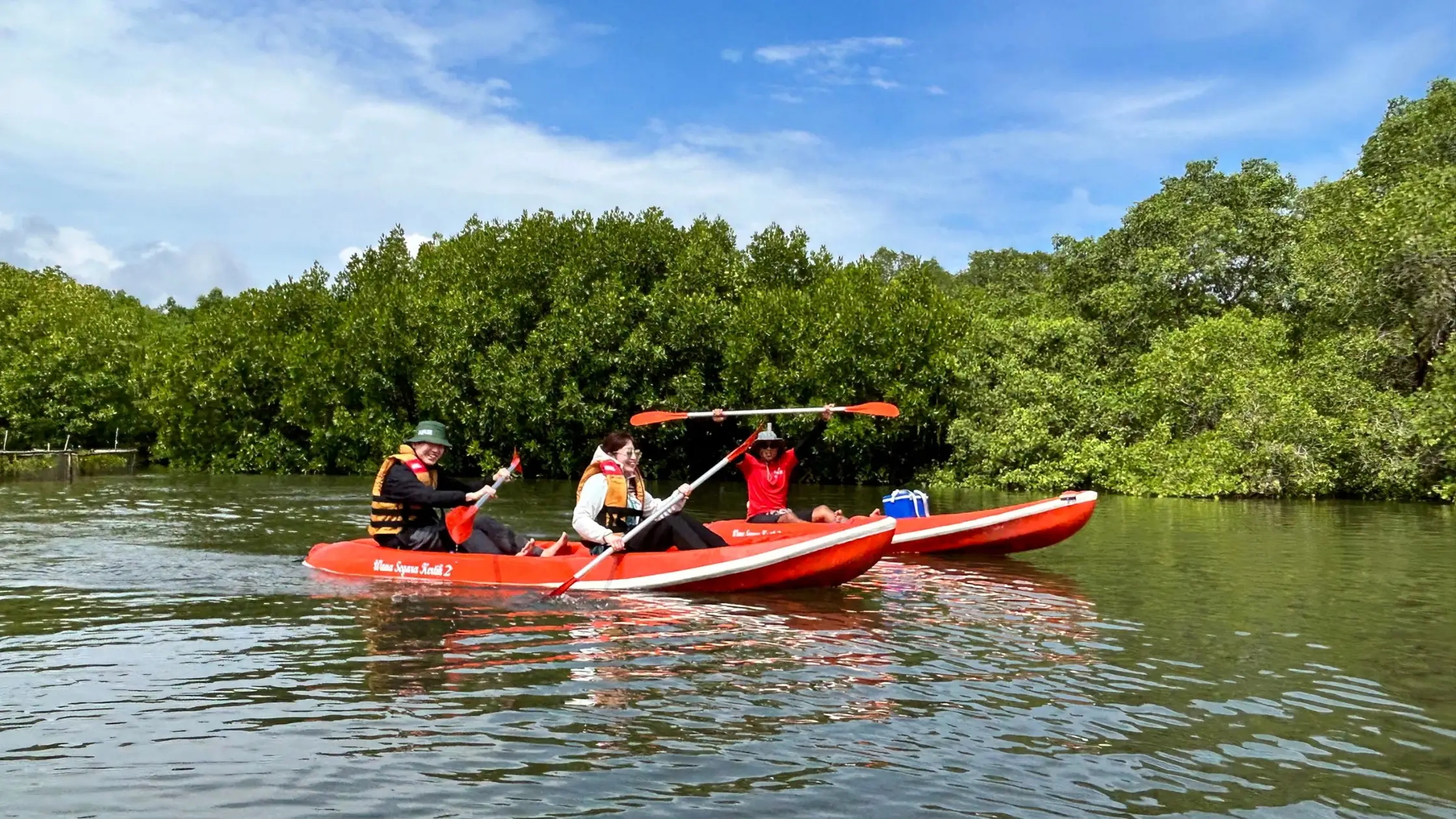
Local, well-trained guides who share cultural and environmental context.
Small-group caps and non-motorized or low-emission options when possible.
Clear wildlife guidelines (no feeding or touching; maintain distance).
A straightforward waste approach (refills where possible, “pack in/pack out”).
Responsible business practices that minimize energy use and maximize sustainability.
Honest briefings about weather and tides, plus flexibility for safe timing.
Transparent inclusions and simple, fair booking and cancellation terms.
When operators publish these details and explain why they matter you can trust that your day on the water reflects responsible tourism rather than just marketing. It’s a practical answer to “why choose sustainable travel”: you get clarity, safety, and meaningful time outdoors, while the destination benefits from your visit.
Sample Itinerary, Typical Inclusions & Weather/Tide Factors
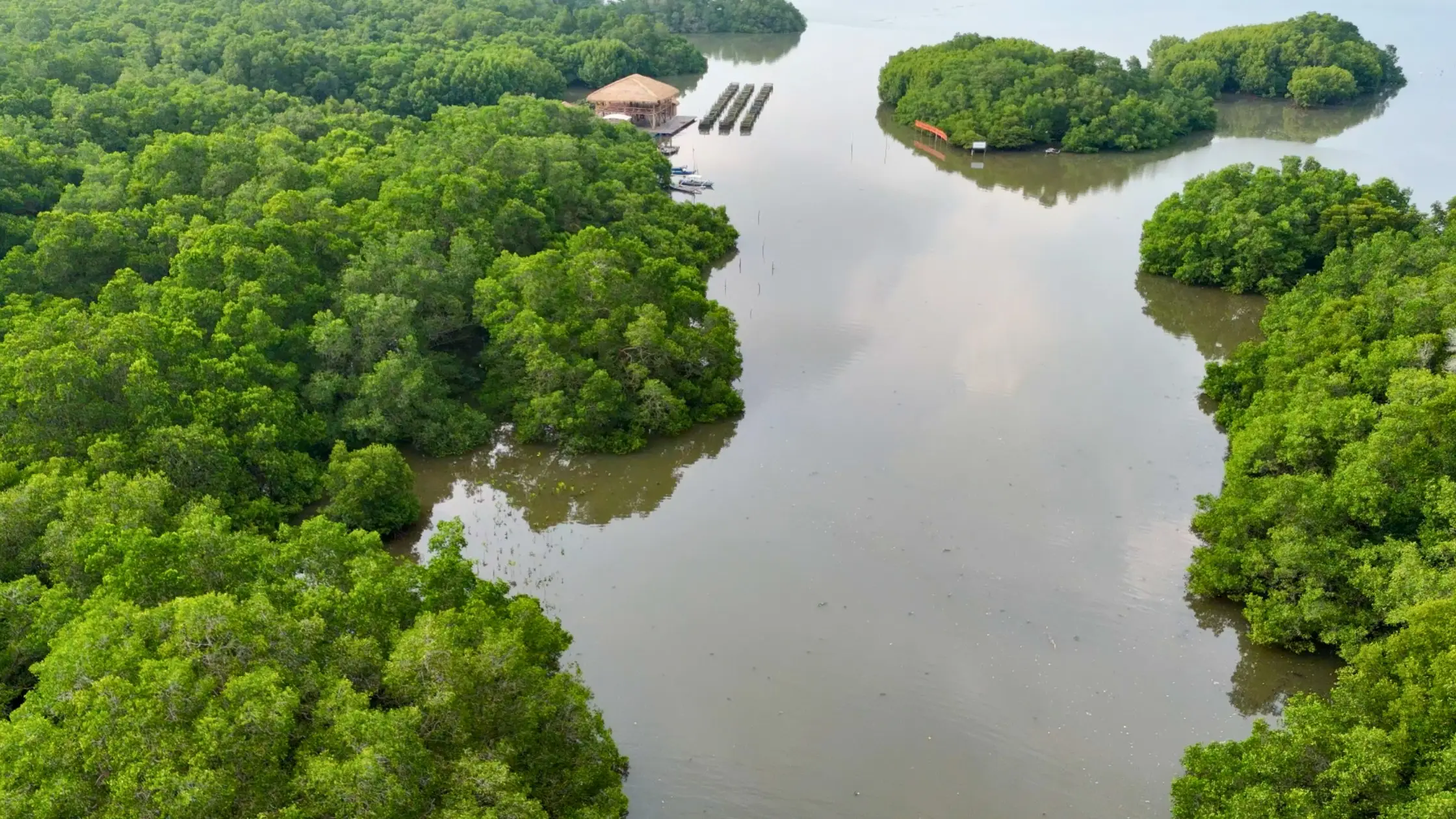
A half-day outline might look like this:
Arrival and briefing: meet your guide, confirm the route, review wildlife etiquette, and discuss tide-shaped timing.
Launch and quiet observation: glide through shaded channels with short pauses for stories about roots, seedlings, and the role of seagrass.
Coastal stretch: transition to open water or a traditional craft segment (where offered), maintaining a gentle pace and a wide buffer around wildlife.
Unhurried return: rinse gear, debrief highlights, and, if you wish, try a local snack from a nearby stall.
Throughout the itinerary, visits to key natural and cultural sites are designed to be immersive and sustainable, allowing travelers to engage deeply with local history, culture, and landscapes.
Typical inclusions vary by operator and season. Expect the basics guiding, safety orientation, and essential equipment with optional extras depending on your booking. The best operators emphasize conditions: tides can open or close narrow passages, and wind shifts may nudge departures earlier or later. That flexibility is part of eco-friendly tours; schedules are shaped around nature, not forced through it.
For more ideas on making the most of sustainable tours, consider seeking out local guides, participating in conservation activities, or choosing routes that highlight lesser-known sites.
Sustainable Dining — Eating Well, Doing Good
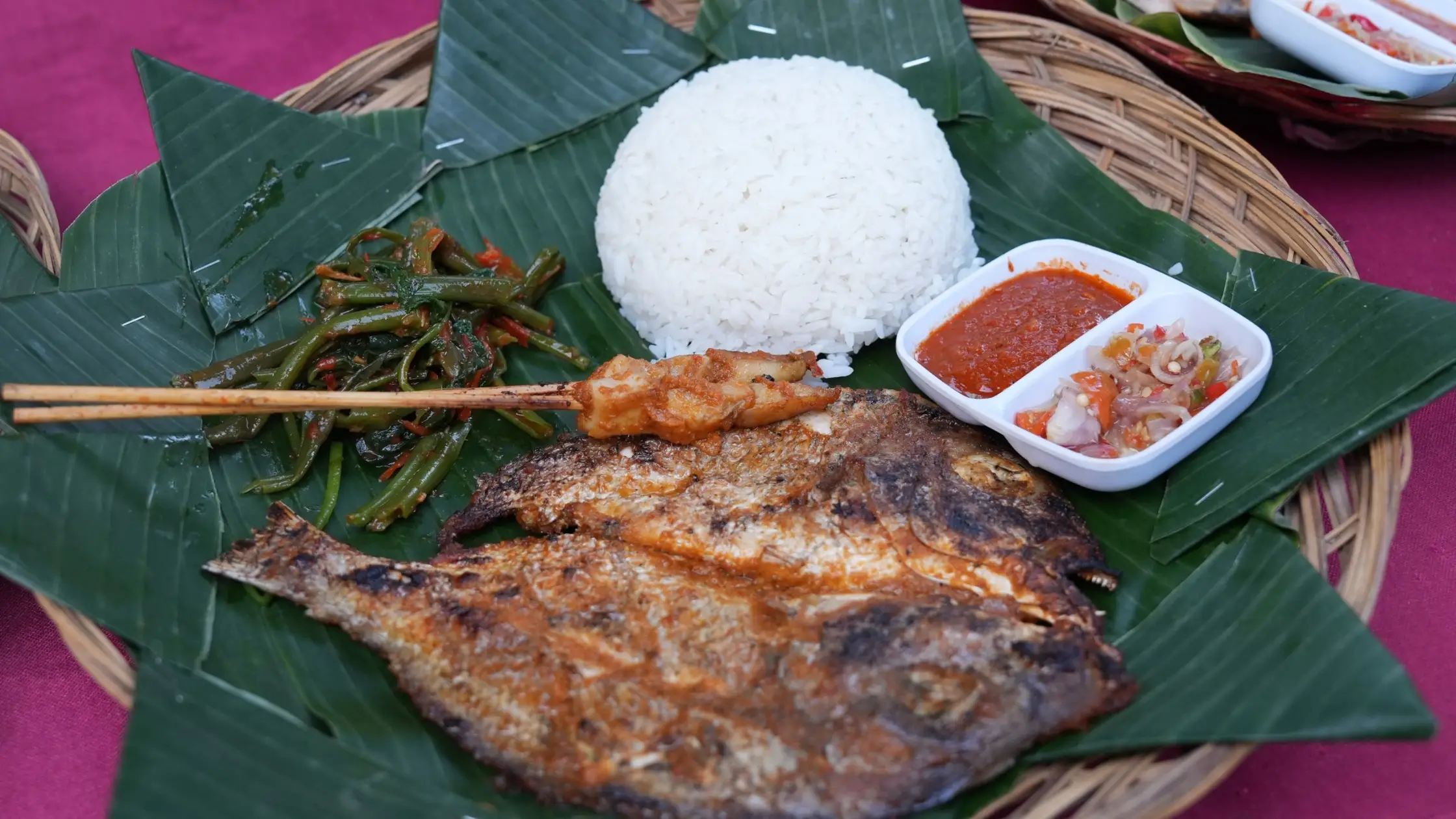
Your choices don’t end at the dock. Where and what you eat can extend the benefits of a sustainable tour keeping impact low, supporting local communities, and reducing waste.
Sustainable dining is more than just a trend it’s a delicious way to make your travels matter. When you choose sustainable dining options, you’re not only treating yourself to delicious meals, but you’re also supporting local communities, reducing your carbon footprint, and helping to shape a more responsible travel industry. Every meal becomes an opportunity to contribute to sustainable tourism initiatives and make a positive impact on the places you visit.
Across the world, eco-friendly restaurants and cafes are embracing sustainable practices by sourcing ingredients from local farmers, using sustainable materials, and minimizing waste. In destinations like Bali, Costa Rica, and beyond, eco-certified hotels and resorts often feature sustainable dining options that highlight local cuisine while supporting conservation efforts. These businesses prioritize energy-efficient equipment, composting, and refillable water bottles, all while serving up flavors that reflect the region’s unique culture and natural bounty.
Dining sustainably is also a powerful way to connect with local culture and support local people. Visiting bustling local markets, enjoying meals at family-owned restaurants, or sampling traditional dishes made with locally sourced ingredients allows travelers to experience the heart of a community. These moments foster a deeper connection to the destination and help preserve cultural heritage for future generations. By supporting local businesses, you’re helping to ensure that tourism benefits the well-being of host communities and encourages the continuation of time-honored culinary traditions.
In developing countries, sustainable tourism initiatives that include eco-friendly dining can have a transformative effect. By choosing to eat at establishments that prioritize sustainable practices, travelers help reduce pollution, conserve natural resources, and protect marine life. Guided tours and eco tours often incorporate sustainable dining experiences, allowing visitors to explore natural areas and enjoy delicious meals while minimizing their environmental impact.
Some of the top eco-friendly activities for food-loving travelers include exploring local markets, joining cooking classes that use sustainable ingredients, and participating in community-supported agriculture programs. These experiences not only offer one-of-a-kind culinary adventures but also provide a chance to engage with local communities, learn about sustainable practices, and contribute to a sustainable future.
Sustainable dining is also about minimizing waste and promoting eco-conscious living. Many restaurants now offer composting programs, recycling initiatives, and alternatives to single-use plastics, all of which help reduce the environmental impact of tourism. By choosing to dine at these establishments, you’re joining a global movement toward a more sustainable future one meal at a time.
Ultimately, sustainable dining options allow travelers to indulge in local cuisine, support local communities, and promote sustainable practices. Whether you’re exploring Bali responsibly, savoring street food in a local market, or enjoying a farm-to-table feast at an eco-certified hotel, your choices can make a real difference. By making conscious decisions about where and what you eat, you help conserve natural areas, support conservation efforts, and ensure that the joys of travel remain available for future generations.
Practical Tips & Eco Packing List

Image by pixelshot
Pack for comfort and care so you can stay present:
Wear sun-safe layers you can move in; bring a light wind layer for dawn or dusk.
Choose footwear with grip that can get wet.
Keep phone and camera in a small dry bag; silence notifications to preserve the soundscape.
Hydrate steadily; “pack out all waste” is the rule.
Carry a modest amount of local currency for snacks or a small purchase from a family stall.
If you’re motion-sensitive, plan a non-drowsy remedy and eat a light meal beforehand.
Eco Packing List
Reusable water bottle; reef-safe sunscreen or long-sleeve coverage
Hat with brim, polarized sunglasses, lightweight towel
Water shoes or sandals with grip
Dry bag or waterproof pouch for electronics
Simple snacks in reusable containers
Small cash for local snacks or tips (where appropriate)
Responsible Travel Etiquette
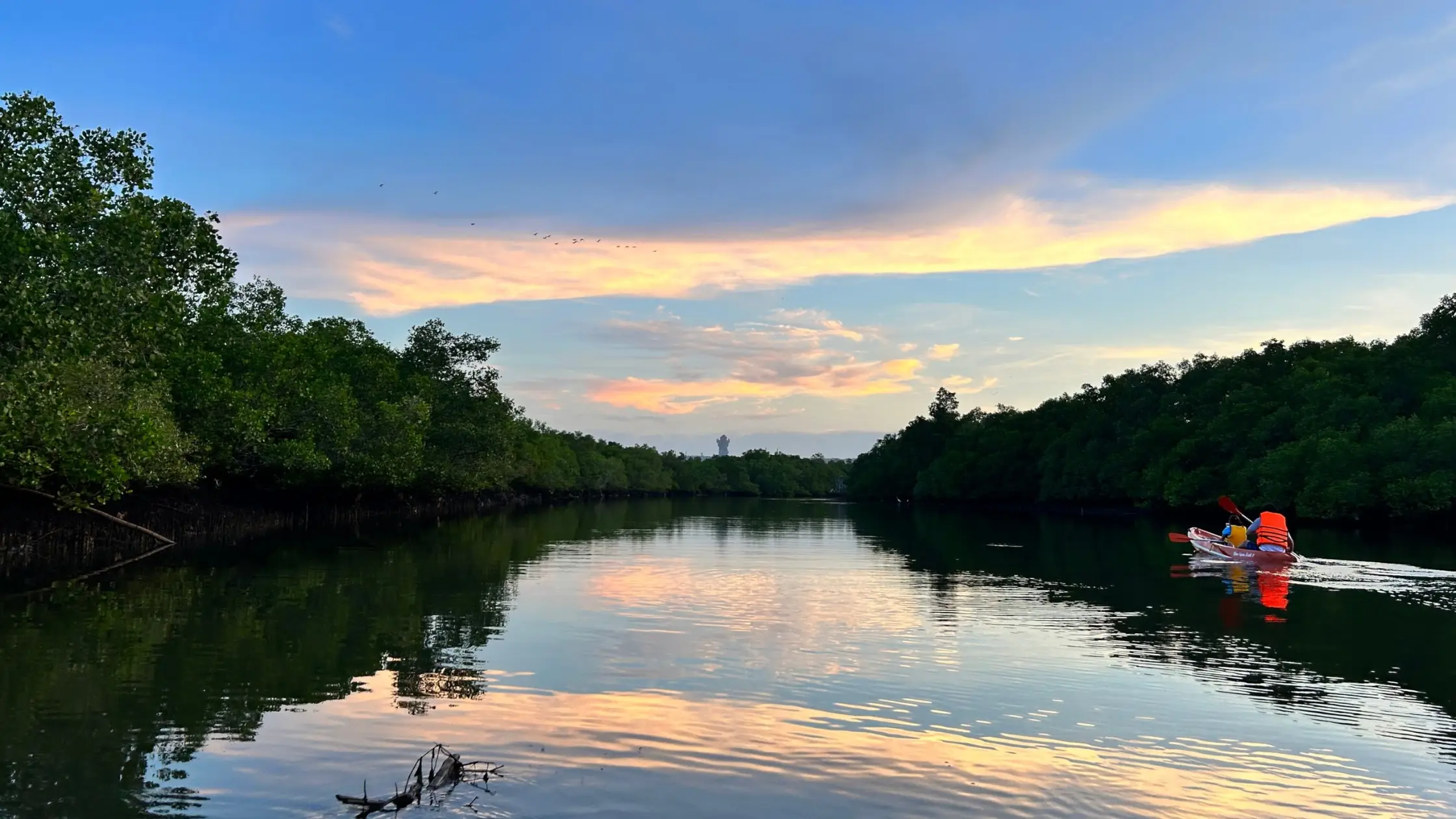
Etiquette is mindfulness made visible. Keep voices low and let the natural soundtrack lead. Ask before photographing people, and be especially careful near places of worship or ceremony. Avoid drones unless clearly permitted. Follow your guide’s wildlife rules—no feeding, no touching, patient observation at a distance. Choose local vendors for snacks or small items and pay fairly. These habits don’t just protect the place; they deepen your experience and align your day with the spirit of sustainable travel.
Conclusion — Turning Your Holiday Into a Force for Good
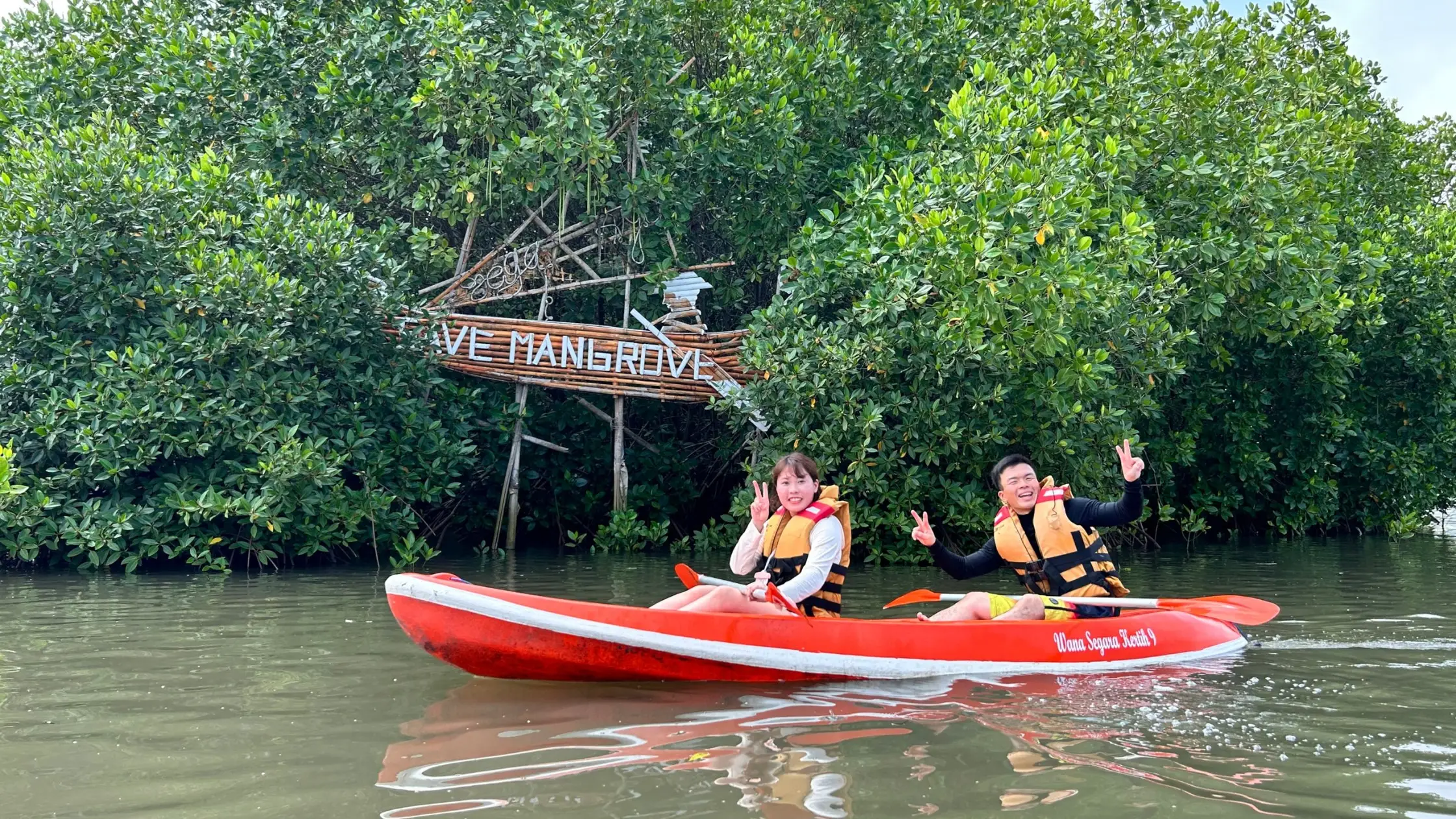
Sustainable tours don’t take joy away; they refine it. In Bali’s mangroves and across Southeast Asia, sustainable travel experiences elevate meaning and memory—calmer moments, richer stories, and a clear sense that your day outdoors was good for the place you visited. If you’re exploring options for eco tours in Bali, consider small-group outings that keep impact low and understanding high. This is responsible tourism at its best: thoughtful choices, kinder footprints, and a holiday that lives on as a model for green travel. When friends ask why choose sustainable travel, you’ll have an easy answer because it makes every part of the journey better for you, for your hosts, and for nature.

 EN
EN JP
JP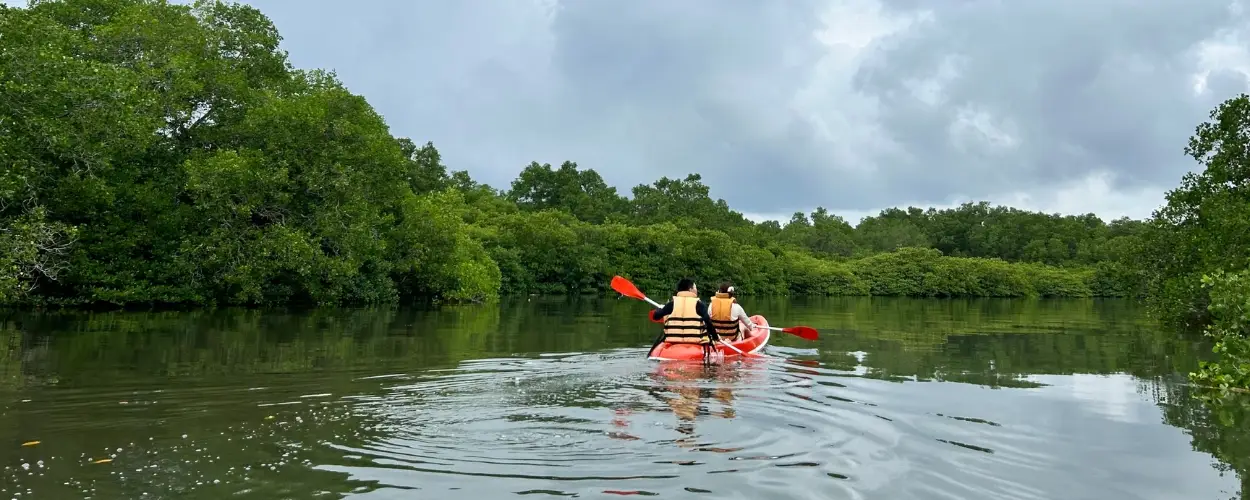
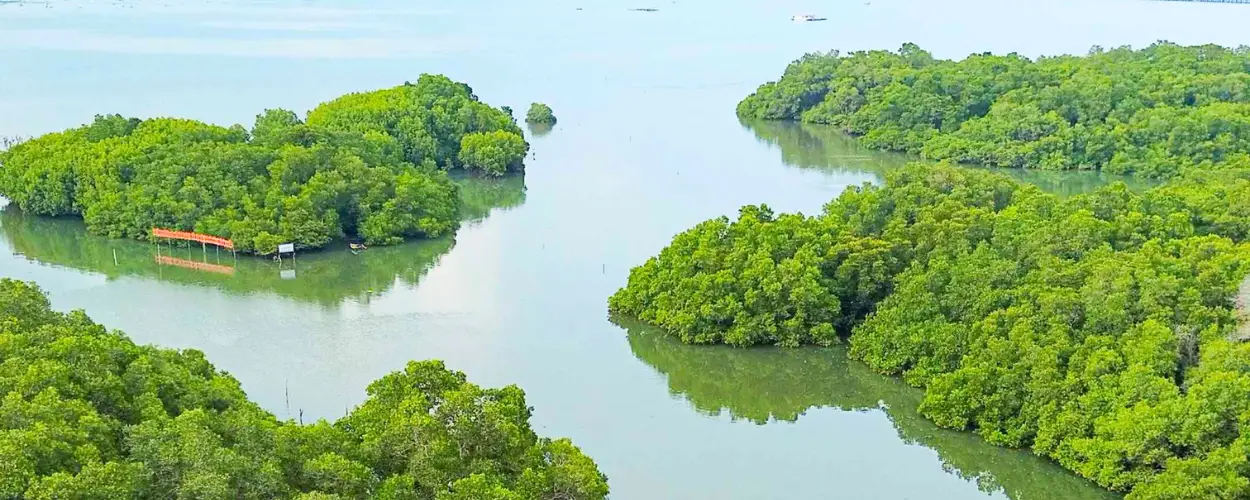
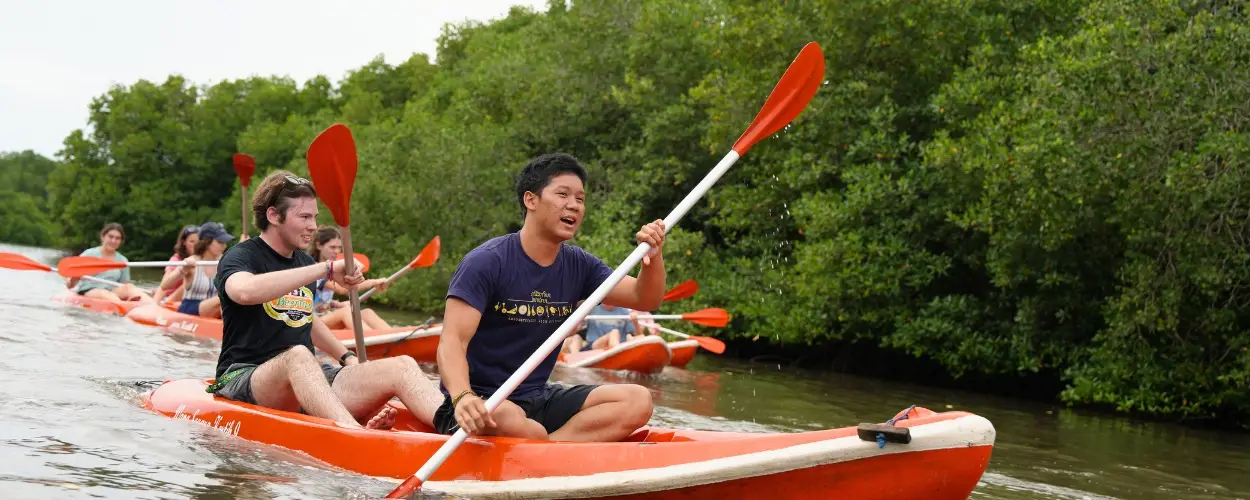

comments